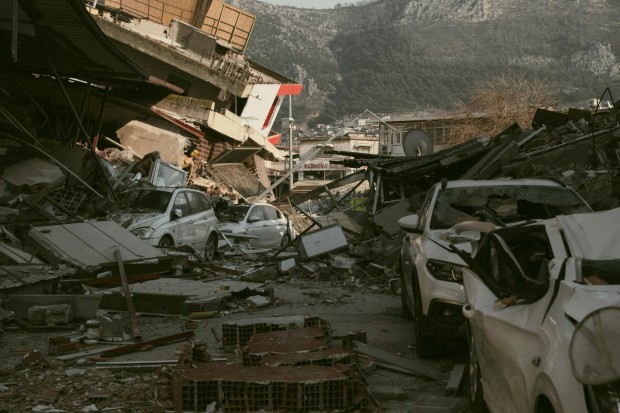Substandard buildings frequently collapse during earthquakes, harming the surrounding area. These structural failures result in significant property damage and pose a grave threat to human lives.

(Photo : Pexels/Doruk Aksel Anıl )
Recent Earthquake in Taiwan
On the morning of Tuesday, Apr. 23, Taiwan was struck by a series of earthquakes, the most powerful of which measured 6.3 on the Richter scale. The most recent quake occurred less than three weeks after a magnitude 7.4 earthquake struck the island, causing damage to over one hundred buildings and trapping dozens of people under tunnels that had fallen while they were trapped inside.
Buildings throughout vast portions of northern, eastern, and western Taiwan were shaken throughout the night due to seismic activity centered on Hualien, located on the east coast of Taiwan. Fortunately, no casualties were reported. According to the Director of the Seismological Centre, Wu Chien-fu, the earthquakes were a focused release of energy. He informed the reporters that other earthquakes may be anticipated, although they might not be as powerful.
Moreover, the Hualien government declared Tuesday, Apr. 23, a workday closure for all offices and institutions due to the ongoing aftershocks. As mentioned, over 700 million people live along this enormous fault line, stretching from Afghanistan to Burma, including Bangladesh, Bhutan, Nepal, India, and Tibet. If an earthquake of the same magnitude were to strike the Himalayas, which are tectonically unstable, the crisis would be far more devastating.
Also Read: 5 Essential Steps in Construction Planning
Substandard Buildings Causing Death During Earthquakes
In seismically vulnerable regions throughout the Asia-Pacific, infrastructure and residential buildings are being constructed despite governments' apparent reluctance to enforce safety protocols for fear of impeding development. The Philippine Institute of Volcanology and Seismology and the Tokyo Institute of Technology recently researched one hundred high-rise structures in Metro Manila and Cebu. Their findings revealed that several of these buildings did not comply with the national construction code.
Nevertheless, because of the overlaying of tectonic plates, the Philippines is located in the 'Ring of Fire,' a region surrounding the rim of the Pacific Ocean characterized by seismic and volcanic activity. This region encompasses the countries of Indonesia, Japan, Chile, and the western seaboard of North America. In addition, studies conducted on the 2018 Lombok and Plau earthquakes found that noncompliance with concrete reinforcement regulations caused significant damage to buildings and infrastructure in Indonesia.
The Great Sumatran Fault is one of the most active fault lines, and its seismic activities pose significant risks to the surrounding regions. In 2004, the fault unleashed a devastating 9.3 magnitude earthquake, triggering the infamous Indian Ocean tsunami. The catastrophic event claimed over 226,000 lives and inflicted immeasurable damage upon the infrastructure of Indonesia, Thailand, Sri Lanka, and India, catching both large populations and their respective governments off guard and unprepared for the scale of the disaster.
On the other hand, the earthquake and tsunami that slammed the central coast of Chile in September 2015 only resulted in thirteen fatalities. In the countries located on the Ring of Fire, such as Chile and Japan, there are stringent building rules that require towering structures to be designed to sway with seismic waves rather than remain rigid to the force of the waves.
Accordingly, the most essential thing that can be taken away from previous experiences with seismic occurrences is that far more than earthquakes, it is structures that are not appropriately constructed and responsible for people's deaths. It is essential that the governments in the region formulate and strictly enforce the required building regulations to forestall the possibility of a significant loss of life.
Related Article: Earthquake-Proof Structures: Structural Engineer Shares Insights on Earthquake Safety







